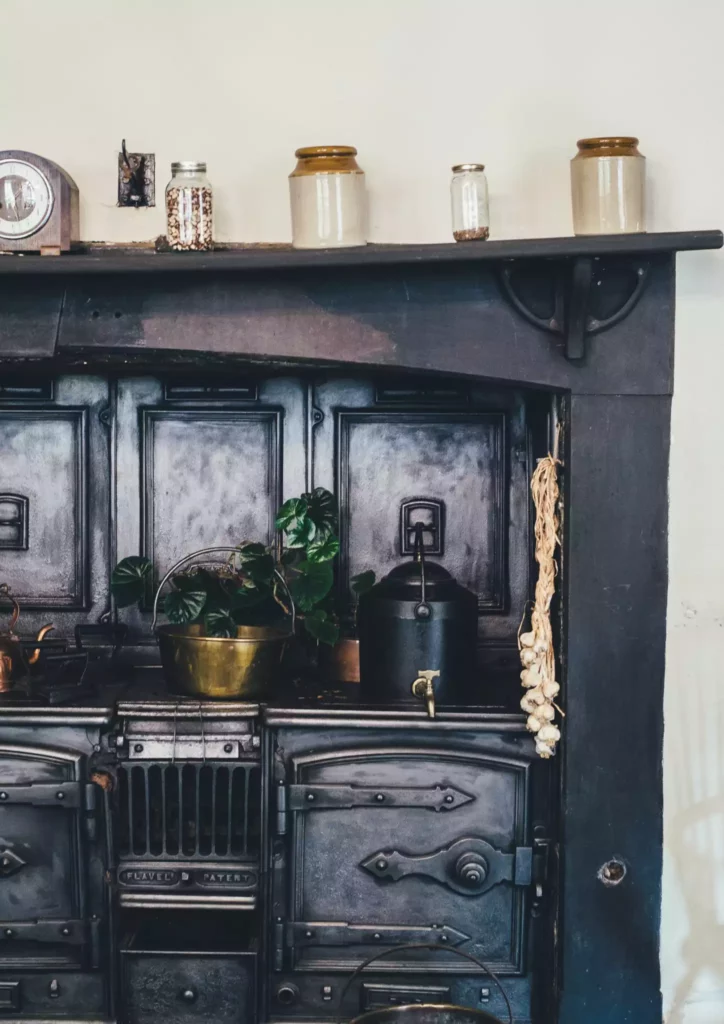
Lately, I’ve been watching HGTV and DIY shows like “Restored” and “Rehab Addict,” where experts preserve old houses with salvaged materials or update them with new versions of period-appropriate pieces. Part of the understanding in this show is that the designers can’t keep everything, because some items are beyond repair, but they want to hold onto the essence of what the houses were originally built to be.
Princeton is a community that is lucky to be filled with history, like Princeton Cemetery, which is my favorite view from the library. Now that the weather is improving, it’s a great time to explore wonderful places you can find on a visit to Princeton. Library staff have been busy recently with uncovering resources about local history and genealogy, and we are hoping to offer more tools soon. The library also offers access to tons of history and social sciences resources, like “Modern World History Online,” which covers people, places, and events in the broad expanse from the mid-15th century to the present, available for free access with your library card.
As we see more controversy popping up about names changing, books going out of print, and what seems to be a long stream of discussion regarding “cancel culture,” I have been thinking more and more about preservation and what it means. Preservation is an act of empathy. We must acknowledge and understand what we have and how it got here. It involves looking at what was created in the past, considering its context in the future, deciding what can be salvaged, what is sustainable, and what new things need to be integrated. As we look back at how very long and challenging the last year has been, it’s important for us to take a moment and take stock. How did we get here, where do we want to be, and what do we need to take with us when we go there?
Photo by Annie Spratt on Unsplash
